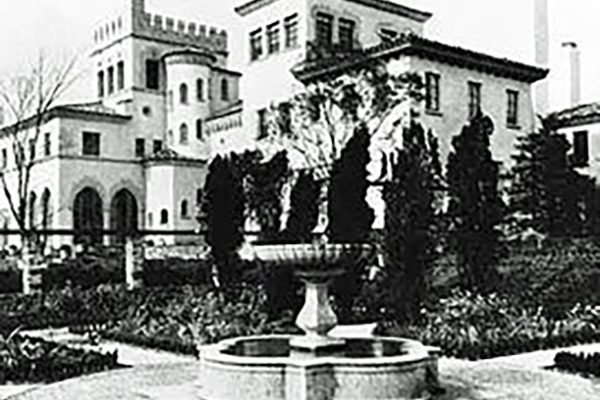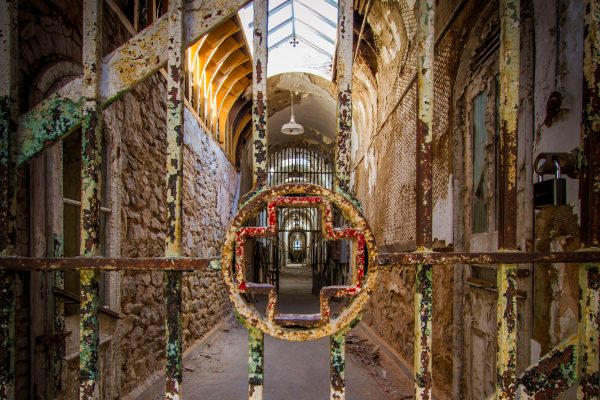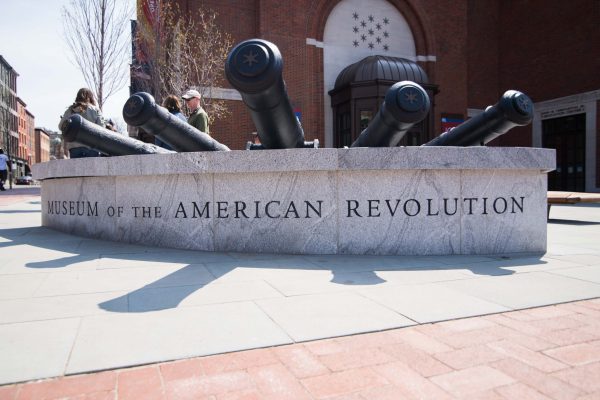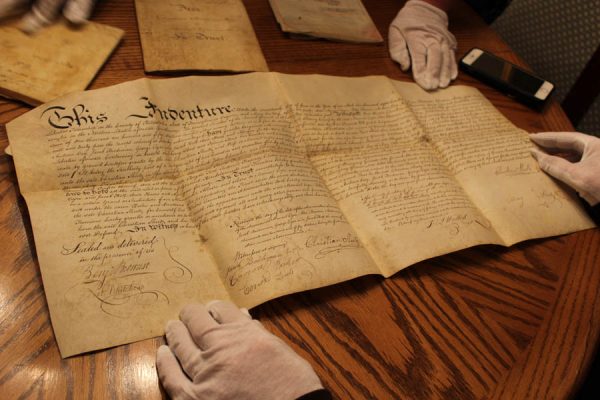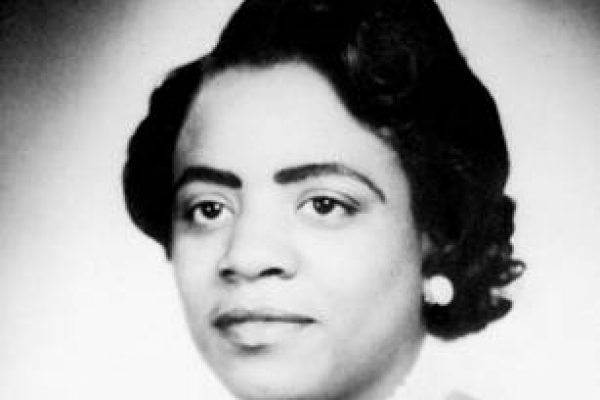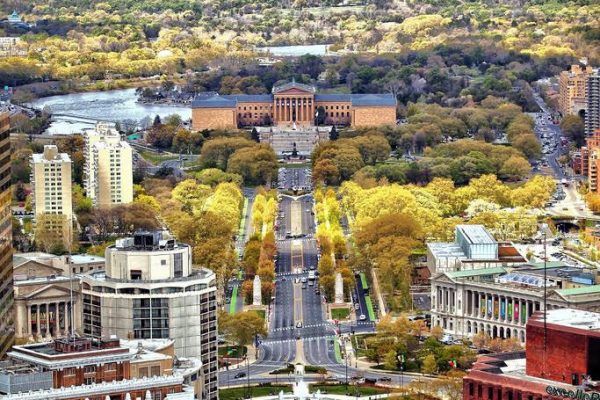Know Your History: St. Michael’s Church and the Nativist Riots of 1844
Immigration has always been part of American history. In Philadelphia, William Penn was begging German immigrants to come to the continent on his newly acquired land as far back as late 17th century. But even though the public sentiment toward immigration was positive in North America for many years, things began changing in the 1800s.
By 1887, the American Protective Agency was founded to keep specific immigrants out of the country. The Agency had a particular issue with Catholics, and they were not alone in trying to keep the country Protestant. Until the 1930s, the Catholic Church’s presence in the United States was considered a missionary movement. To this day, there has only been one Catholic President of the United States: John F. Kennedy.
In Kensington, anti-Catholic motivations were apparent as early as the 1830s, with the climax of that situatio resulting in the mid 1840s. Citizens of the United States who opposed immigration were sometimes called “nativists.” Nativists wanted to keep the population as similar as possible culturally, religiously, and ancestrally.
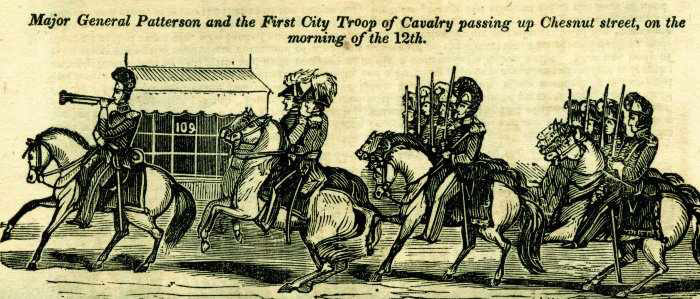
Major General Patterson and the First City Troop of Cavalry passing up Chestnut Street, on the morning of the 12th. By John B. Perry 1844. From the Historical Society of Pennsylvania: Books and Pamphlets Collection.
Ironically, nativism got its name from “Native Americans” even though it was not referring to Native Americans. Rather, it was referring to people who descended from the “Native Colonists.” Immigrants were increasing every year for several decades in the 1800s. It was not until the Great Depression that immigration decreased in this country. Still, over ten million people came to the country in that time period anyway.
According to PhiladelphiaEncyclepedia.com, Hugh Clark, a Catholic school director, suggested suspended Bible reading until the school board could devise a policy acceptable to Catholics and Protestants alike. This suggestion was not taken well by nativists as thousands of them gathered at Independence Square to protest the idea. On May 3, 1844 they rallied in Kensington, but according to records, “were chased away.”
A few days later, on May 6th, nativist protesters gathered in Kensington in the form of a violent rally. A 19-year-old nativist named George Shiffler was killed by a gunshot wound. The sheriff called the Pennsylvania Militia for help, but they were unsucessful. On May 8th, protesters started fires, burning down churches, houses and anything else they could.
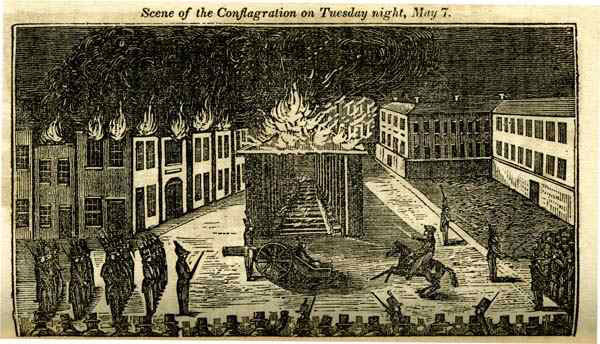
Looking north from Master and American Streets, shows the firing of the Nanny Goat Market, the Hibernia Hose Company, and some homes next to the hose company. 1844. By John B. Perry. From the Historical Society of Pennsylvania: Books and Pamphlets Collection.
Included in the structures that were burnt was the house of Hugh Clark, the man who wanted to suspend bible reading for a time being. By May 10th, a coalition of police and multiple city’s militias ended the violence with the help of citizen posses. This halt in the violence was not soon enough to save “several private dwellings… a Catholic seminary, and two Catholic churches…”
One of the churches that were burned down was St. Michael’s Catholic Church at 2nd and Master Streets, which was founded in 1831. According to Philaplace.org, the bloody summer of 1844 resulted in at least 20 dead and more than 100 injured.
Information found in Villanova’s library suggests that the tension in Kensington and the surrounding areas was not because of a suggestion to suspend bible reading in schools, but rather it was habits from the old country [that] had survived the move to America. Irish Protestants and Irish Catholics had disputes in their native land, so why would anything change in their new country?
An earlier attempt to destroy [St. Michael’s] which began after a false rumor spread that the church was armed, was unsuccessful due to the militia’s presence on the scene. Unfortunately, the church could not be protected indefinitely. St. Michael’s was able to successfully sue the city of Philadelphia for failing to protect them from the angry mobs. They used the money they received from the suit to rebuild the church, which would prove to take longer than hoped.
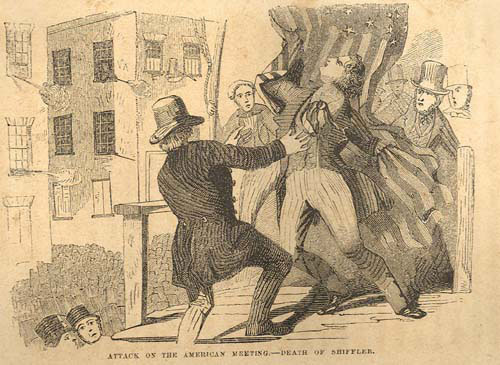
Sensational print showing the death of the 18-year old Nativist, the first person killed in the Nativist Riots at Kensington on May 6, 1844. Death of George Shifler in Kensington. By John L. Magee. Library Company
On hsp.org, you can read “City of Unbrotherly Love: Violence in Nineteenth-Century Philadelphia,” that summarizes why violence took place in the city in this time period. Reasons for the violence included the growing pains of a rapidly expanding and industrializing city…an increasing influx of “strangers” and tremendous overcrowding and unsanitary conditions creat[ing] concern and frustration.
Today, there certainly are not as many fires being set by angry mobs, and there is not as much violent hatred between members of different sects of the same religion in this country. However, in other ways, it would appear that we have never changed from the example we see set in 1844. Perhaps the reasons behind our violence are different. Perhaps the people we direct our hatred toward are different. But when you look at the 24-hour news cycle, you witness unspeakable acts being committed by people throughout the world on a day-to-day basis.
Saint Michael’s is an astonishing building, and it is a great piece of architecture in the neighborhood. From now on, when you look at that church, realize that it was rebuilt after angry protestors burnt it to the ground. Remember that the conflict was started over differences in opinion, unwillingness to change, and inability to get along with one another. Hopefully, there will be less acts of chaos, like the 1844 nativist riots, for future historians to write about that took place in our lifetime. •
